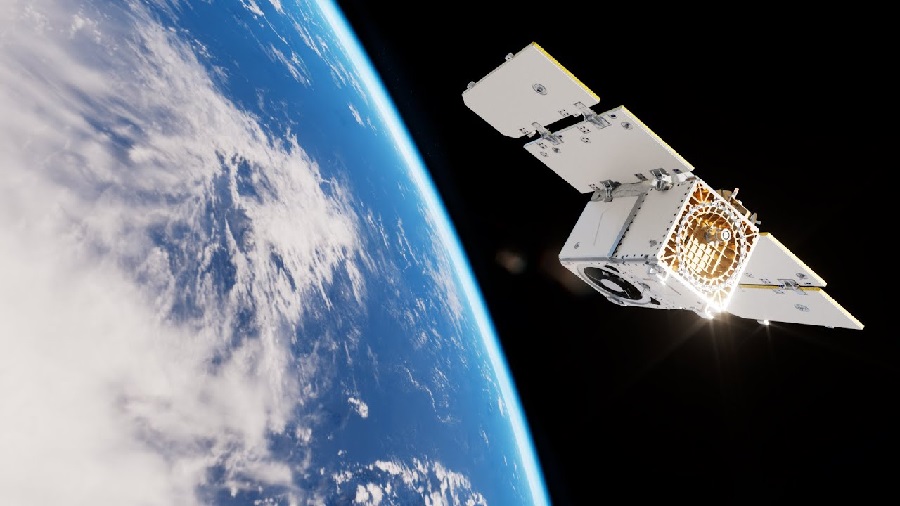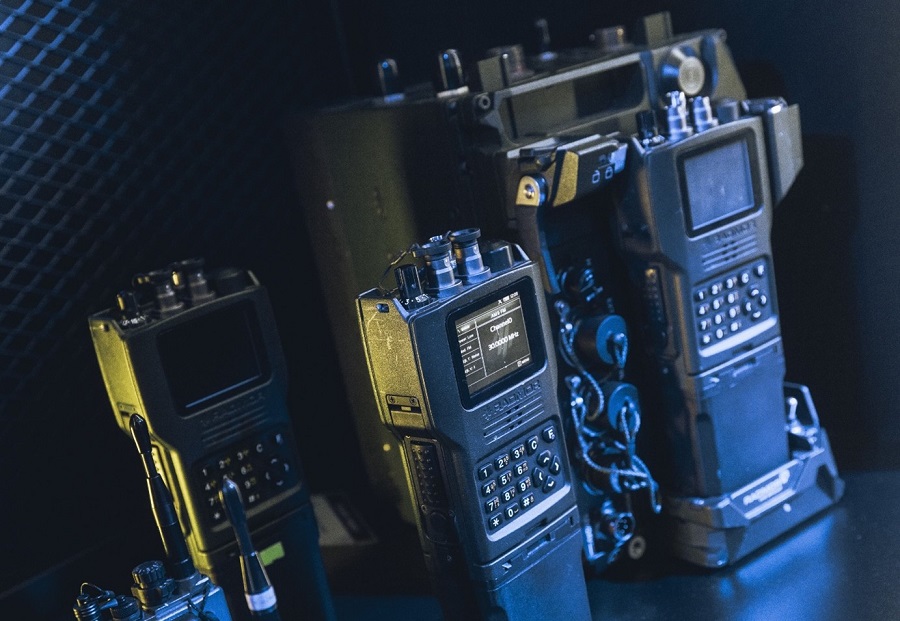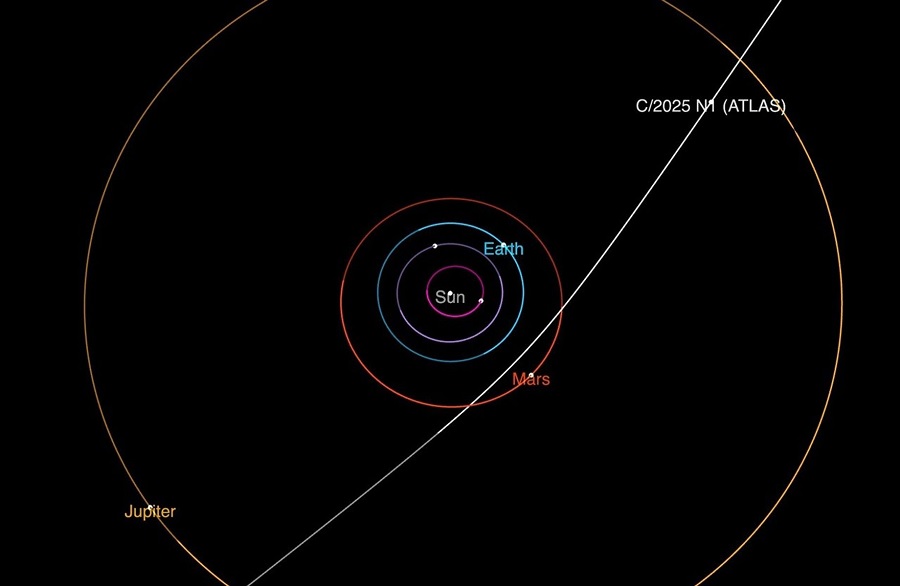The trial was a major milestone, for the first time the Detection Centre module (BMC4I Sirius with an evolved software) was tested and qualified, integrated with the CAMM-ER missile. The test used a target drone simulating an attack by an enemy aircraft on the launcher, confirming the defence capabilities and performance of both the missile and the entire system in an integrated mode.

MBDA is the design authority of the entire system, made up of the Detection Centre module – which includes MBDA’s Battle Management Command, Control, Communication, Computer & Intelligence (BMC4i) and Leonardo’s Kronos Land radar – the Launcher and the MBDA’s CAMM-ER missile.
During the test, the Detection Centre became aware of the target drone, in attack mode, and proceeded to identify and classify it, recognizing the type of threat, then evaluated the type of defence to deploy and commanding a successful launch of CAMM-ER to neutralise the threat. The trial also verified the correct functioning of the two-way datalink between CAMM-ER and MAADS.
The success of this qualification is the result of the joint work of the integrated Italian and British teams of MBDA, together with the qualified support of SEGREDIFESA (Segretariato Generale della Difesa e Direzione Nazionale degli Armamenti).
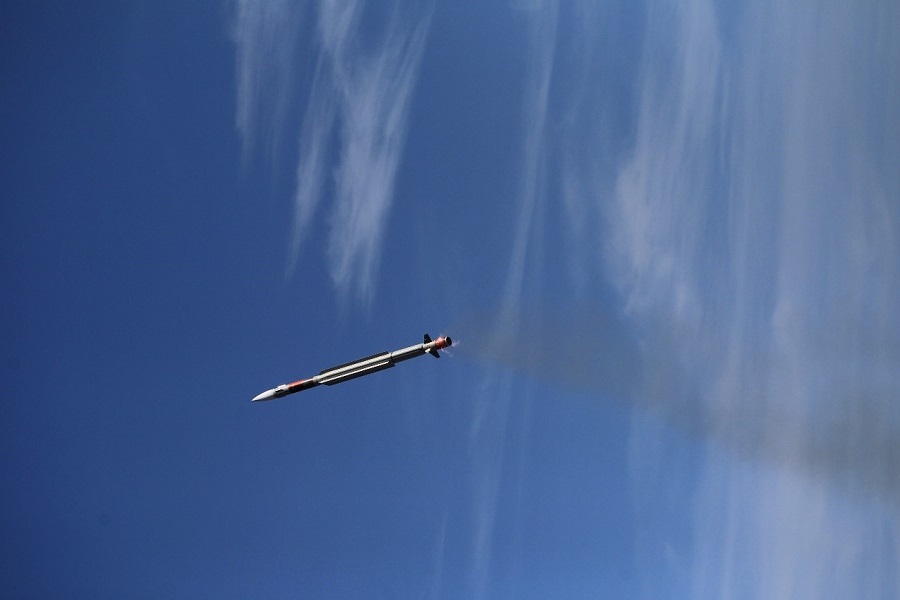
CAMM-ER is the extended-range missile of the new generation CAMM family of air defence missiles developed by the United Kingdom and Italy. It will replace Aspide in the air defence systems of the Italian Air Force and the Italian Army. CAMM-ER is also integrated into Albatros NG naval system, already sold abroad, to optimise the Naval Based Air Defence (NBAD) capabilities of fleets.
CAMM-ER and CAMM are equipped with an advanced active seeker and a “cold launch” system (Soft Vertical Launch). CAMM-ER has a different aerodynamic profile and features a larger motor – designed by AVIO – to provide an extended range.







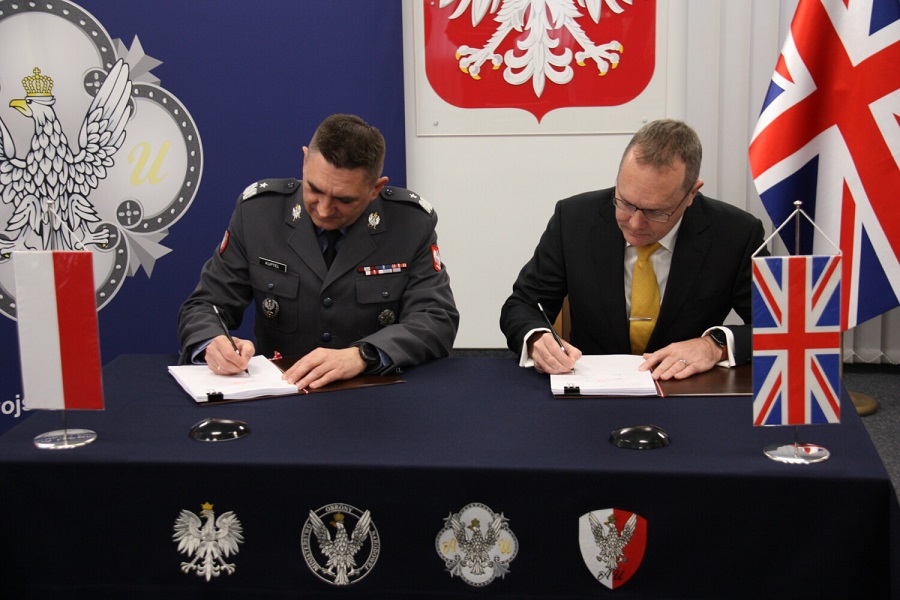




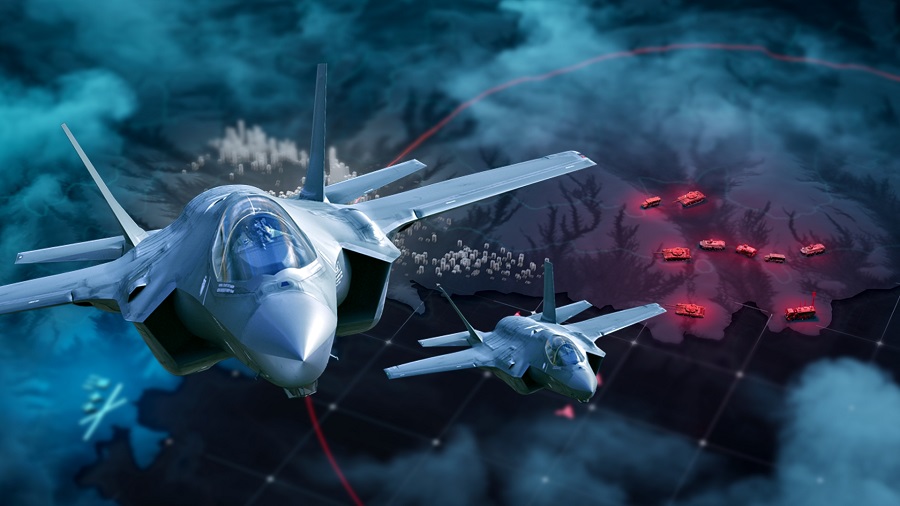
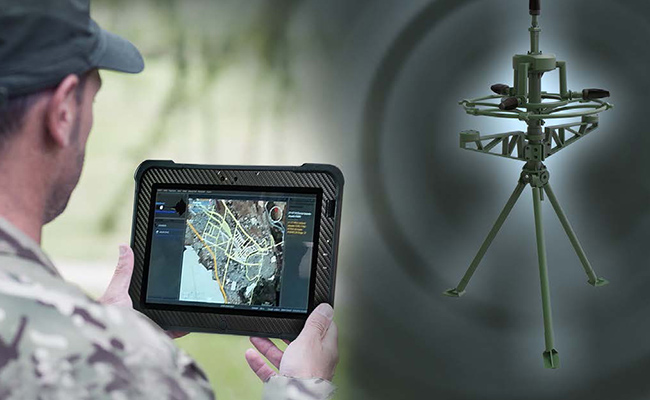

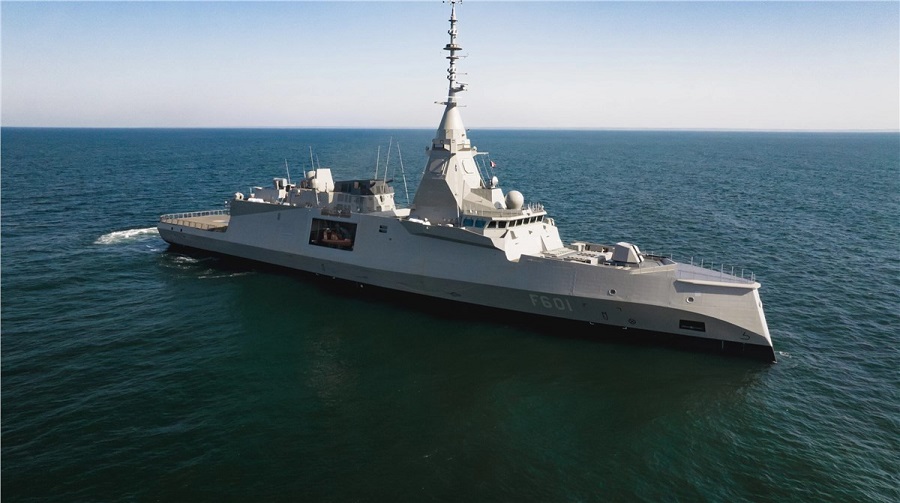
![B-2 Spirit bombers and F-22 Raptor fighters conduct flyover of White House [VIDEO]](https://defence-industry.eu/wp-content/uploads/2025/07/B-2-Spirit-bombers-and-F-22-Raptor-fighters-conduct-flyover-of-White-House-VIDEO.jpg)



